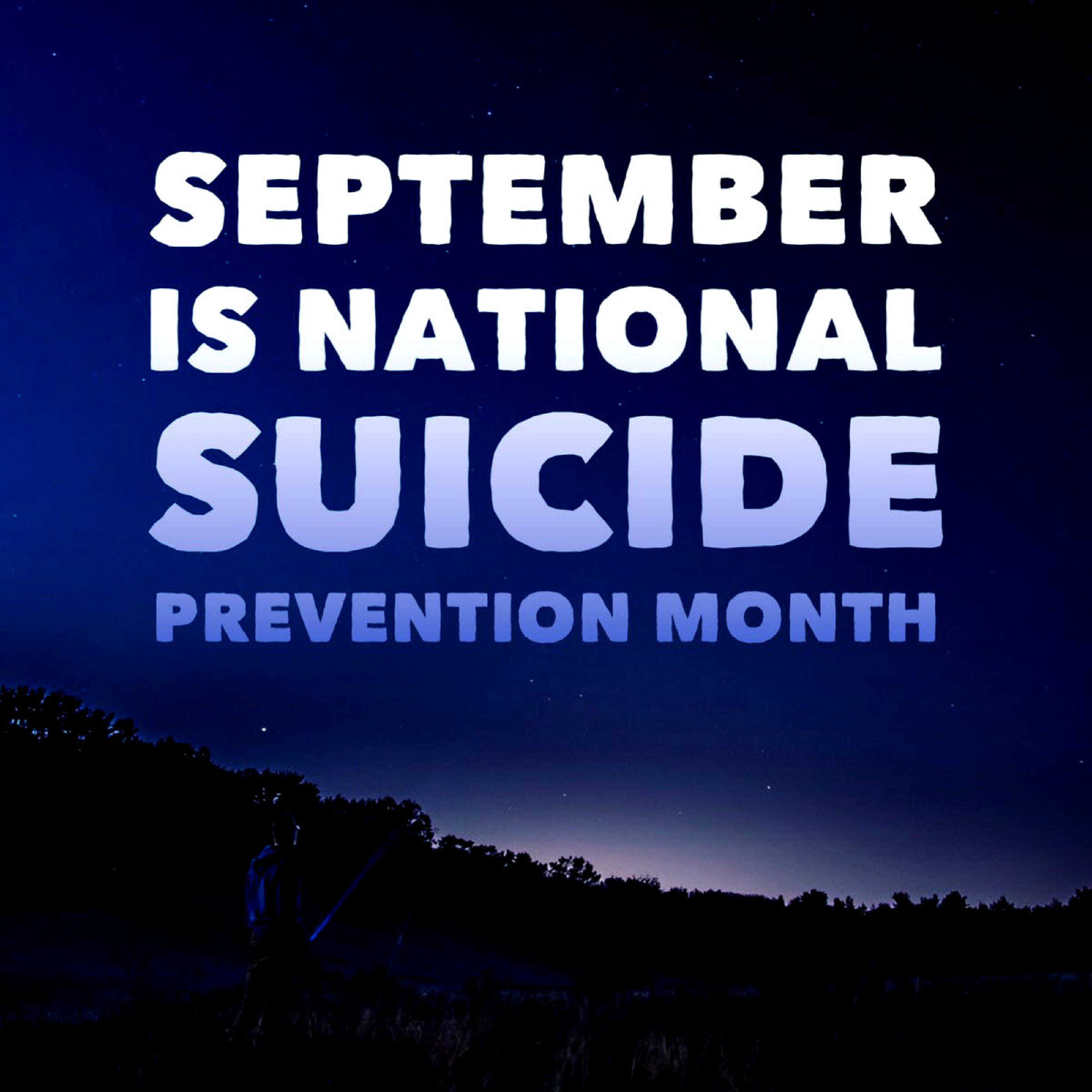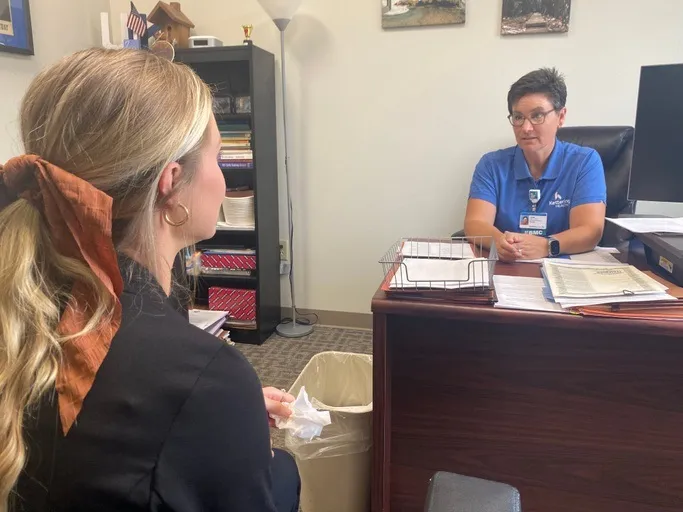

Behavioral and Mental Health
Of the conversations Julie Manuel has at the Kettering Health Behavioral Medical Center, some of the most difficult are with those considering suicide.
“It’s an intimidating topic—for everyone,” she says. “I understand why it makes others uncomfortable. But not talking about it can worsen someone’s feelings of isolation and perpetuate myths.”
Myths about suicide can “create barriers,” says Julie, who serves as clinical practice manager, “barriers that stop others from getting help and knowing how to help.”
And those myths, and the barriers they enable, seem as prevalent as ever. But something can be done.
A troubling trend
Among 10 to 24 year olds, suicide rates dropped in 2022 by 8.4%, estimated the Centers for Disease Control and Prevention in early August. It’s a sign, Julie suggests, that an emphasis before and during the COVID-19 pandemic on student mental health appears to have helped.
But rates increased among every other age group, especially for those 65 and older—an 8.1% increase.
The data, Julie affirms, are more than numbers. They’re people. And she, too, has seen a similar uptick in others wrestling to make sense of and find help for severe loneliness, depression, and thoughts of suicide, including attempts.
One possible reason Julie points to, and studies suggest, is that suicide rates tend to go down during national or global crises (like war, natural disasters, etc.). This is true even of the pandemic.
“We saw two things then,” says Julie. “We saw a national emphasis on self-care along with calls to safely care for your family and neighbors. Despite the physical distancing, many who previously felt isolated were now talking to family and friends over video. That gave a lot of hurting people connection, even purpose.”
For many, then, the return to normal life meant a return to feeling desperately disconnected and isolated. Perhaps even more so. And the void of conversation, connection, and purpose in someone’s life can lead them to believe they’re alone with their troubled thoughts.
But, Julie says, we all have the ability to help. And much of it starts with learning what’s true about suicide and then learning to connect with others who may be struggling.
#James Donaldson notes:
Welcome to the “next chapter” of my life… being a voice and an advocate for #mentalhealthawarenessandsuicideprevention, especially pertaining to our younger generation of students and student-athletes.
Getting men to speak up and reach out for help and assistance is one of my passions. Us men need to not suffer in silence or drown our sorrows in alcohol, hang out at bars and strip joints, or get involved with drug use.
Having gone through a recent bout of #depression and #suicidalthoughts myself, I realize now, that I can make a huge difference in the lives of so many by sharing my story, and by sharing various resources I come across as I work in this space. #http://bit.ly/JamesMentalHealthArticle
Find out more about the work I do on my 501c3 non-profit foundation
website www.yourgiftoflife.org Order your copy of James Donaldson's latest book,
#CelebratingYourGiftofLife: From The Verge of Suicide to a Life of Purpose and Joy
Link for 40 Habits Signup
bit.ly/40HabitsofMentalHealth

www.celebratingyourgiftoflife.com
The top three myths
Of the prevalent myths about suicide, Julie clarifies three popular ones that create everyday barriers to connecting with others.
Myth #1: Talking about suicide increases someone’s chances of acting on it.
Research shows the opposite. Talking about suicide can actually reduce, not increase, the likelihood of someone thinking about or committing suicide. “Yes, it’s a vulnerable and tough conversation,” says Julie. “But the more we avoid it, the more someone feels isolated, which could potentially lead to dysfunction in their life, and that may lead to ideation and attempts.”
If you know someone who’s depressed or in crisis, don’t wait to talk about it.
Myth #2: Suicide can’t be prevented.
Suicide is preventable. But it can seem unpredictable. Most people who think about suicide typically wrestle with intense emotional pain, depression, PTSD, and negative thoughts. It’s best to get help for someone who’s navigating any of these, “but the way to know if someone needs help is to be willing to connect,” says Julie.
“You don’t need to know everything about what someone’s wrestling with. But if we learn to connect through listening and talking, we can help them feel they belong, which can create important shifts in someone’s thinking that can help them take steps forward.”
Myth #3: Suicide occurs without warning.
Typically, suicidal thinking comes with warning signs. “If you notice that someone is isolating from social events, expressing constant fatigue, having recurrent thoughts of death or saying statements like, ‘No one cares about me,’ those can be warning signs.”
Other warning signs include
- increased use of alcohol or other substances
- risky or self-destructive behavior, such as reckless driving
- getting rid of possessions or getting affairs in order with no explanation
If you do see these warning signs, connect that person to a trained mental health professional. And encourage them to call the suicide hotline number.
*In the U.S., call the Suicide and Crisis Lifeline at 988, or chat at 988lifeline.org. Call 988 and press “1” to reach the Veterans Crisis Line.

https://standingabovethecrowd.com/jamesdonaldson-on-mentalhealth-dispelling-the-top-three-myths-about-suicide/


No comments:
Post a Comment